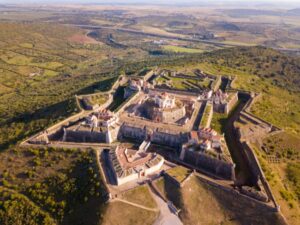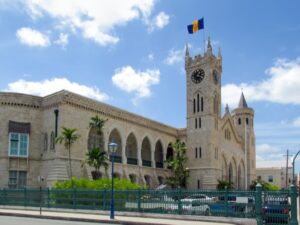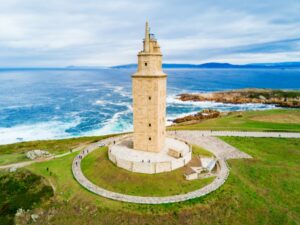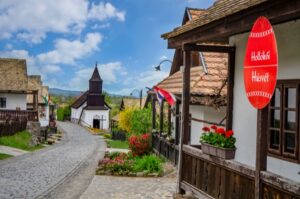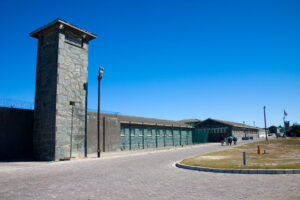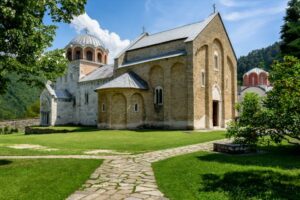| Registration Classification | cultural heritage |
| Registration Criteria | (4) |
| Year of registration | 2012 |
Located on the Spanish border, Elvas is a defensive city built between the 17th and 19th centuries, utilizing one of the largest empty moats and ridge walls in the world. Surrounded by bastions, the town includes barracks, military facilities, churches, and monasteries. And it is registered as a World Heritage Site, including the aqueduct of Amoreira, which was built to withstand a long siege.
Here, a World Heritage enthusiast explains why the Garrison Border Town of Elvas and its Fortifications are a World Heritage Site in an easy-to-understand manner. Read this and you will definitely learn more about Elvas!
What is the Garrison Border Town of Elvas and its Fortifications?
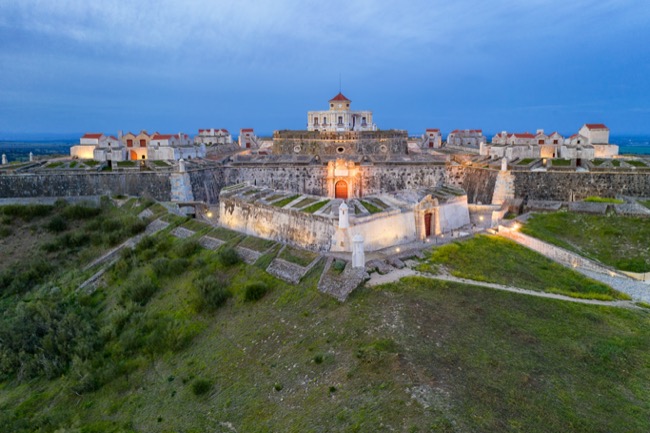
Elvas was a city that guarded a checkpoint between Lisbon, the capital of Portugal, and Madrid, the capital of Spain. The surrounding terrain was undulating, making it a perfect place to build a fort.
Elvas was surrounded by fortifications and had many functions as a military town, including barracks, military facilities, churches, and a monastery.The town was structured with seven bastions, as well as other fortifications such as the Santa Luzia and Graça fortresses scattered throughout the city.
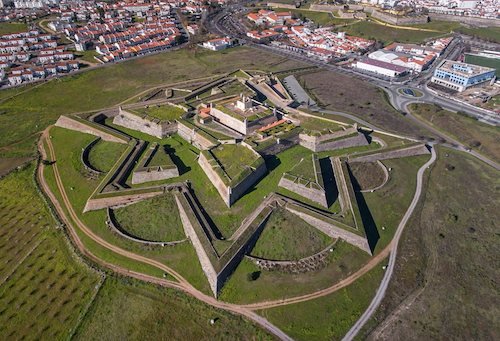


Elvas has a proud history dating back to Roman times, but the town that remains today was built with walls between the 10th and 14th centuries, and was further developed as a military fortress in the 17th century. In the 20th century, it was protected as a national historic site.
Construction of the existing fortifications began in the 17th century.Seen from above, it is a complex star-shaped structure, surrounded by 12 fortresses, with a castle in the center. This urban structure was designed by a Dutch missionary commander and is a masterpiece among the many fortress structures in the world.
The main registered monuments that comprise the site are
Amoreira Aqueduct
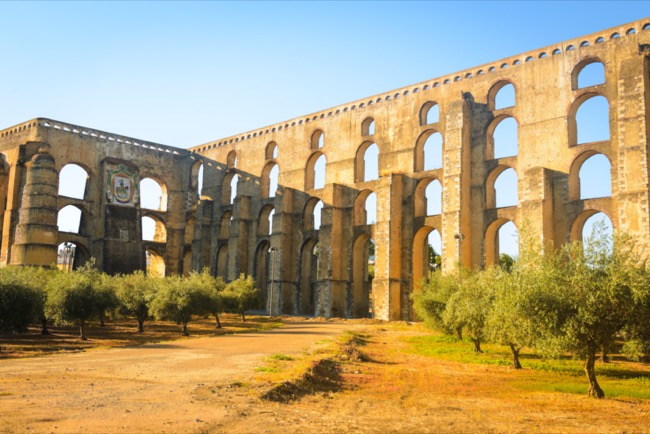


The aqueduct was built in the late 16th or early 17th century.The aqueduct, approximately 7 km long, was designed to withstand a siege of the fortress.
Historic Area
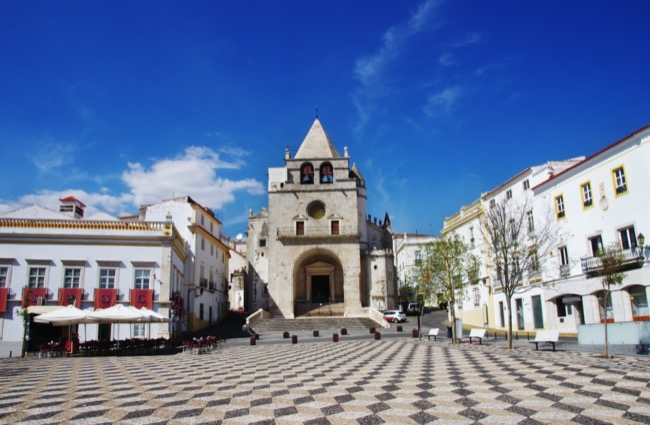


As is typical of a military city, the city is characterized by a series of buildings that are mostly for military purposes. However, there are also cathedrals and churches, and buildings of the Renaissance style and the Manueline style, which is unique to the Portuguese peninsula, are scattered throughout the city.
Fort Santa Luzia and Fort Graça



Fort Santa Luzia, located in the southeastern part of the city, was built in the 17th century and is now used as a military museum. Fort Graça was built in the 18th century on the outskirts of the town and served as the foremost base.
For what reason is the Garrison Border Town of Elvas and its Fortifications on the World Heritage List?
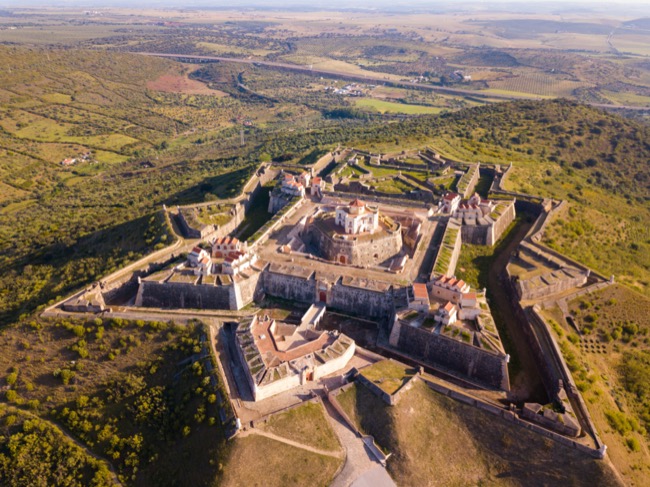


Elvas was recognized for the following
Registration Criteria (iv)
Elvas was an outstanding example of the defensive cities and fortifications that developed in Europe in the 17th century.
World Heritage Mania Conclusions and Impressions
Anyway, it is one of the largest defense facilities in the world with an empty moat! The defensive city utilizing the empty moat and ridge redoubt is a masterpiece of 17th century military-related architecture.
It is also amazing that a topography like an RPG map was created in the 17th century with the technology of the time.
*The content here is a discussion derived from a World Heritage enthusiast’s research.As for the data, interpretation differs depending on the medium.
